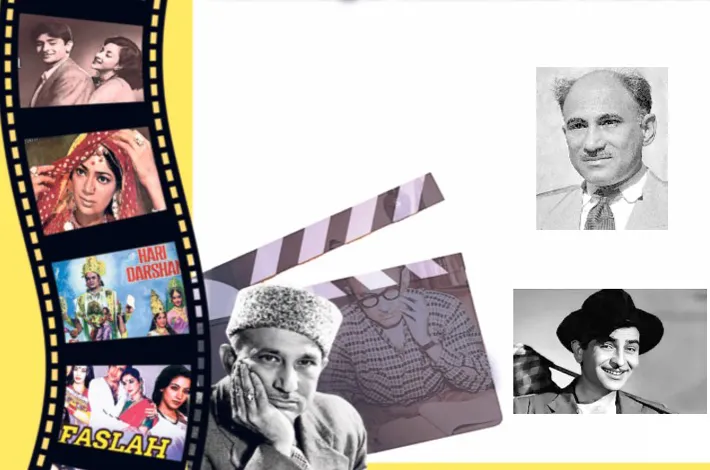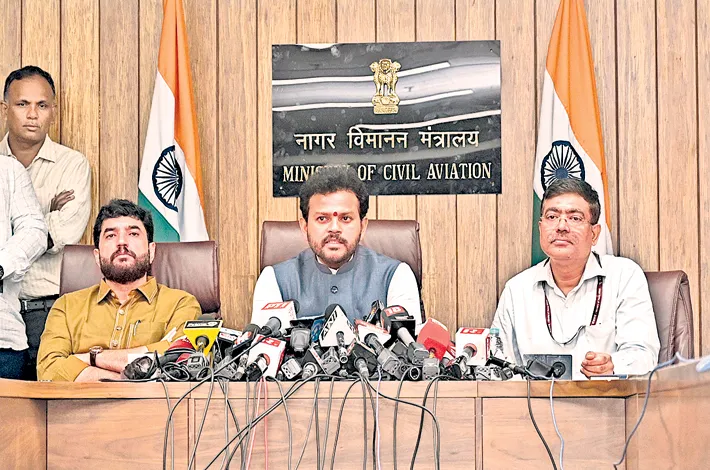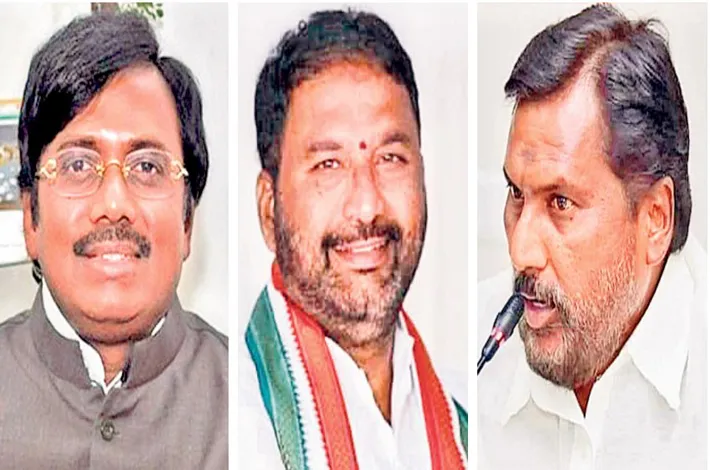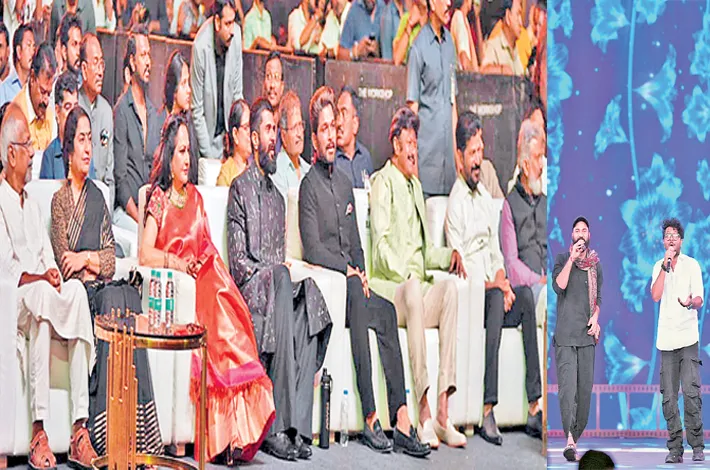The song of a Dreamer: Khwaja Ahmad Abbas
09-06-2025 12:00:00 AM

In the bustling heart of Panipat, where history whispered through ancient lanes, Khwaja Ahmad Abbas was born on June 7, 1914, into a family woven with threads of scholarship and rebellion. His blood carried the fire of his paternal grandfather, Khwaja Ghulam Abbas, a martyr of 1857, blown from a cannon’s mouth for daring to dream of freedom. His maternal great-grandfather, Maulana Altaf Hussain Hali, a disciple of Ghalib, painted poetry and reform with the same fervent brush. From such roots sprang a man destined to be many things—writer, filmmaker, journalist, dreamer, and above all, a voice for the voiceless.
Abbas’s journey began in the modest classrooms of Hali Muslim High School, founded by his kin, where young minds were kindled with modern thought. At Aligarh Muslim University, he drank deeply from the wells of English literature, earning a BA in 1933, and later a law degree in 1935. But the law was too rigid a cage for a soul that yearned to tell stories. He turned to journalism, first with the National Call in Delhi, then finding his stride at The Bombay Chronicle in 1935. It was here that his pen found its rhythm in the column Last Page, a chronicle of India’s pulse that ran unbroken until his final breath in 1987, moving to Blitz when the Chronicle folded. It was no mere column—it was a mirror held up to a nation, reflecting its dreams, its wounds, its restless spirit.
Cinema, though, was where Abbas’s heart found its truest home. In 1936, he stepped into the world of Bombay Talkies as a publicist, but his ambition stretched far beyond. His first screenplay, Naya Sansar (1941), starred Renuka Devi and Ashok Kumar, a quiet prelude to the symphony he would compose. As a founding member of the Indian People’s Theatre Association (IPTA), Abbas saw art as a lantern to illuminate the shadows of society. He wrote and directed plays like Zubeda, with Uzra Butt’s luminous presence, and in 1946, he birthed his first film, Dharti Ke Lal, a raw, aching portrait of the Bengal famine, produced under IPTA’s banner. That same year, his script for Chetan Anand’s Neecha Nagar soared to the Palme d’Or at Cannes, the first Indian film to claim such glory.
Abbas’s films were not mere entertainment; they were cries from the heart of a changing India. He wrote for V. Shantaram’s Dr. Kotnis Ki Amar Kahani, immortalizing a doctor’s sacrifice in war-torn China. With Raj Kapoor, he wove tales that danced between hope and despair—Awara (1951), Shree 420 (1955), Jagte Raho (1956), Mera Naam Joker (1970). His Shehar Aur Sapna (1963) painted a young couple’s struggle against the cold sprawl of urban life, earning the National Film Award for Best Feature Film. Saat Hindustani (1969), a hymn to unity, introduced a young Amitabh Bachchan and won the National Award for Best Film on National Integration. Do Boond Pani (1971) turned its gaze to the parched earth of rural India, pleading for water and dignity.
His camera roamed beyond fiction, capturing truths in documentaries like Eid Mubarak (1960), Gir Game Sanctuary (1961), and Chaar Shaher Ek Kahani (1968), where he waged a quiet war against censorship. His lens was a poet’s eye, seeing beauty in struggle, courage in despair.
But Abbas was no mere filmmaker. His pen spun 74 books—novels, short stories, essays—each a window into India’s soul. From the gritty realism of Bambai Raat Ki Bahon Mein (1968) to the tender hope of Shehar Aur Sapna, his stories were the heartbeat of a nation in flux. His words earned him the Haryana State Robe of Honour (1969), the Ghalib Award (1983), the Vorosky Literary Award from the Soviet Union (1984), and more.
Honored with the Padma Shri and four National Film Awards, Abbas was a giant whose shadow stretched across mediums and languages. When he passed on June 1, 1987, at 72, he left behind a legacy not of marble or gold, but of stories that stirred the soul. Khwaja Ahmad Abbas was no ordinary man—he was a dreamer who dared to weave India’s joys and sorrows into a tapestry that still speaks to us, urging us to see, to feel, to act.
(June 7 was K A Abbas’ Birthday, there is virtually no mention of him in any stream of media)
Khwaja Ahmad Abbas was a multifaceted Indian visionary—filmmaker, writer, journalist, and activist—whose work captured the soul of a changing nation. Born in 1914 in Panipat, he wove stories of struggle and hope through films like Dharti Ke Lal, Awara, and Saat Hindustani, earning accolades including the Palme d’Or and four National Film Awards. His prolific pen produced 74 books and the iconic Last Page column, reflecting India’s dreams and dilemmas. A founding member of IPTA, Abbas’s legacy as a storyteller and humanitarian endures, inspiring generations with his art and activism.
Awara
Raj Kapoor took Lyricist Shailendra to K A Abbas to listen to the narration of a film story which Abbas wrote, Raj wanted act and produce, Shailendra listened to the entire narration for more than two hours. Asked for his opinion by Raj Kapoor, Shailendra simply said,”Yeh to ek Awara ki story hai.” Lo and Behold it became the title of the film, Awara








